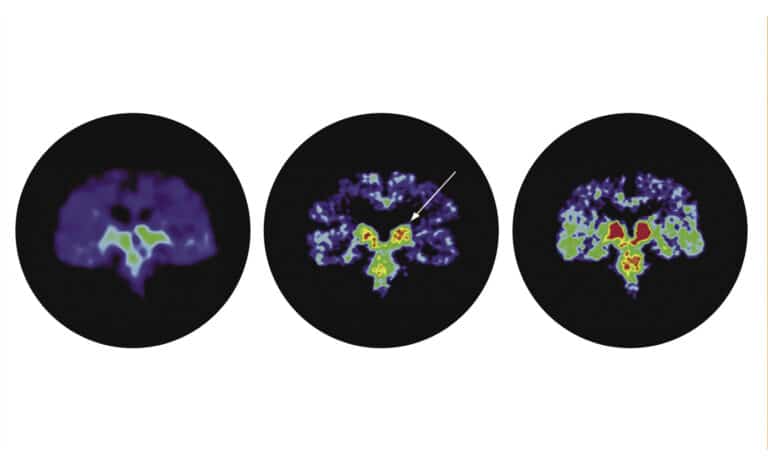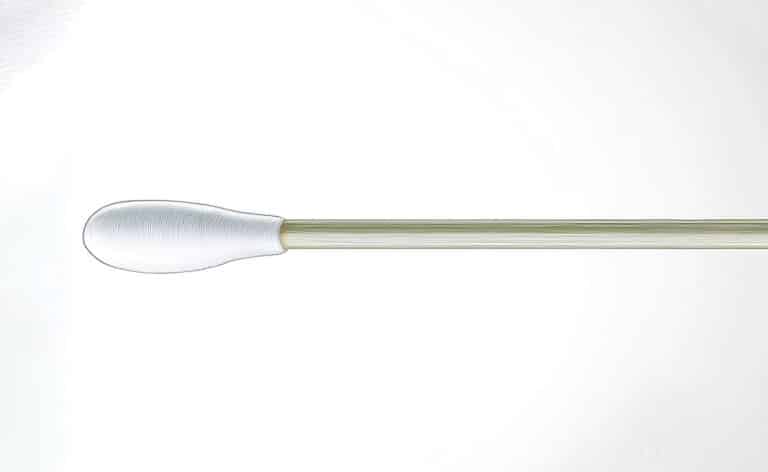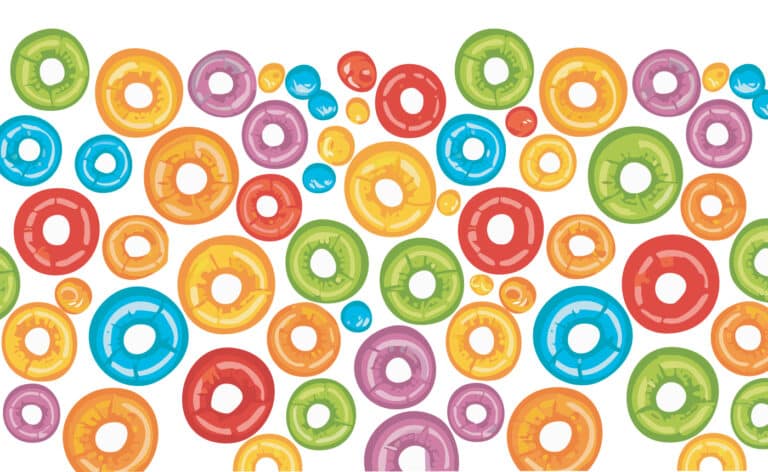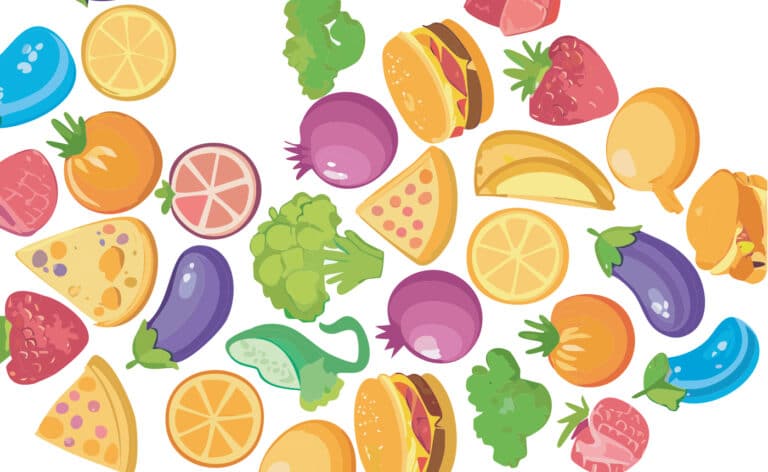How to build a better blend
Fact checked by Shannon Sparks
Smoothies enjoy what nutrition experts call a “health halo” — they seem like a healthy choice, but hidden ingredients can make them far less nutritious than they appear.
“The quick-and-simple smoothies at most places, whether it’s a smoothie store or [Baskin-Robbins], most likely have added sugar,” says Kristin Gustashaw, clinical dietitian at Rush University Medical Center.
To ensure you’re making a healthy smoothie choice, always check the nutritional information and ingredients list. While it might have plenty of vitamins, minerals, and antioxidants, it could also contain added sugars and carbohydrates.
Gustashaw suggests starting with a simple question: “Is there any added sugar in this smoothie?” Added sugars often come from fruit juice, syrups, and even sweetened nut milks.
The safest bet? Make your own
“Smoothies can be an easy way to add more vegetables to your diet,” Gustashaw says. “Spinach is an amazing thing to add. It adds a different color, but it’s a really good way to add dark leafy greens without even noticing they’re there.”
Other veggie options include cooked plain zucchini, which blends in well without altering taste. Carrots and ginger can also add a refreshing zing.
Jessica Smosna, functional nutrition director of Chicago-based clinic Healthier Tomorrows, says one of her favorite add-ins is frozen riced cauliflower. “I wouldn’t use cooked cauliflower, but frozen riced cauliflower is great,” she says.
Avocados and bananas create a creamy texture, while frozen fruits such as berries, mango, and pineapple add natural sweetness.
For protein, try organic tofu, unsweetened nut milk, plain yogurt, or even cottage cheese, Smosna says.
Seeds also offer a boost of fiber. “With flaxseeds, hemp, or chia seeds, using the ground [forms] is the best way for you to absorb their nutrients,” Gustashaw says.
Flavor enhancers such as vanilla extract, almond extract, or unsweetened cocoa powder can elevate taste without adding sugar. Protein powders made with whey or pea protein are another option, but Gustashaw recommends stirring them in after blending to avoid a mousse-like texture.
“I tell people if they like a smoothie they tried at a restaurant, try to deconstruct the flavors, and then recreate it at home,” Gustashaw says. Or check out this simple recipe and tweak it to suit your taste and texture preferences.
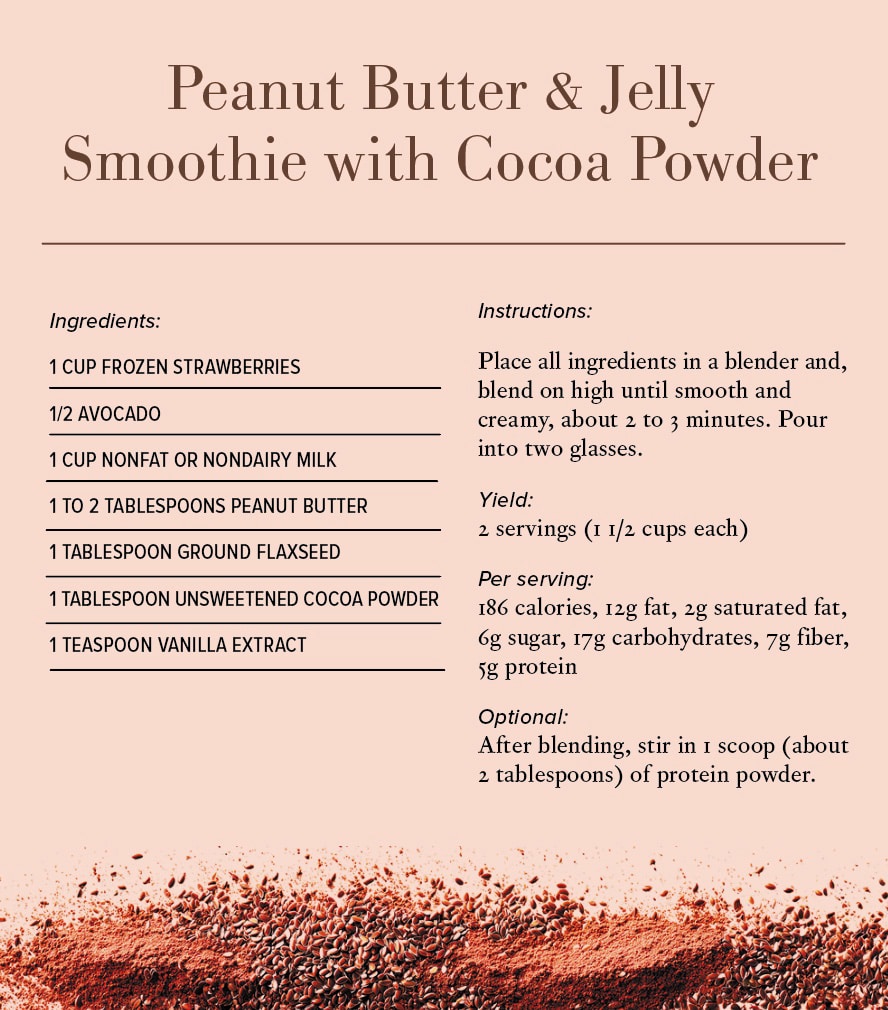
Originally published in the Fall 2025/Winter 2026 print issue.

Jeanette Hurt is an award-winning writer and author of over 10 books.



